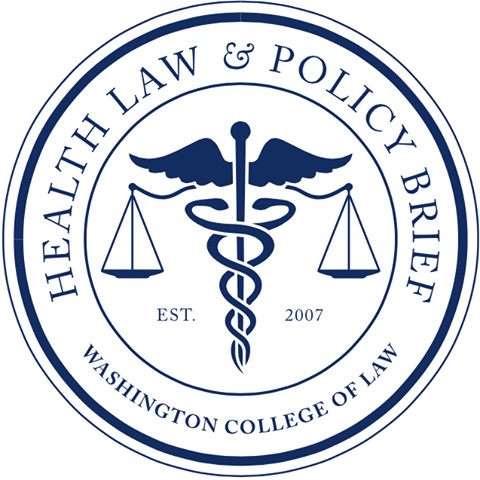As of March 2021, over 174,000 people living and working in nursing homes and long-term care facilities in the United States have died as a result of COVID-19; these deaths account for approximately forty percent of the COVID-19 deaths that have occurred in the United States. Many government officials, on both sides of the aisle, are working to understand why so many federally certified nursing homes and long-term care facilities failed to protect our most vulnerable citizens from COVID-19. Evidence shows manipulation of the Centers for Medicare & Medicaid Services (CMS) Nursing Home Compare Five-Star Quality Rating System may be contributing to the problem. This emerging evidence has prompted State Attorneys General (AGs) to hold facilities manipulating the System accountable for deceptive practices.
In 2008, CMS implemented the Five-Star Quality Rating System to help families identify safe and reliable facilities for their loved ones. The ratings are based on independent, third-party health inspections; self-reported staffing levels based on the number of hours of care provided on average to each resident per day; and self-reported quality measures that include how well residents’ physical and clinical needs are met.
Families relying on this tool may assume that placing their loved one in a five-star-rated facility means they are in a safe facility, but families should be aware of long-standing concerns with the Rating System. In 2014, the New York Times published a report on the System’s shortcomings. The report found that, although the Rating System encouraged some nursing homes and long-term care facilities to improve, some facilities’ ratings improved even when care did not.
Unfortunately, allegations of the manipulation of self-reported data continue today. Thus, some top-rated facilities remain ill-prepared to handle the day-to-day needs of patients and lack capacity to manage the current public health crisis. As death tolls have climbed in these facilities, the New York Times published another investigatory report highlighting the Rating System’s shortcomings on March 13, 2021. The report reviewed the reliability of self-reported data by analyzing nursing home payroll records, records of state inspections of facilities, and financial records.
The report found that much of the information provided to CMS by nursing homes was wrong. Reported staffing levels included employees on vacation. Resident accidents and health problems went unreported. Facilities with five stars for quality of care were almost as likely to fail in-person inspections as to pass them. Facilities received advanced notice of surprise inspections—defeating the purpose of the only independent evaluative factor. More than two-thirds of five-star facilities were also cited for infection control or patient abuse problems. Despite incidences of rape, homicide, and rampant COVID-19 spread, many homes maintained a five-star rating. These issues are difficult for government officials to ignore.
State AGs are pursuing litigation against facilities that have manipulated the Rating System to secure higher ratings and further investigating the allegations contained within the New York Times report. Former California State AG Xavier Becerra sued Brookdale Senior Living, Inc., the largest senior living facility in the United States, based in part on manipulated self-reported data. The complaint alleges that Brookdale engaged in false and misleading statements and unlawful, unfair, and fraudulent business practices by, among other things, providing CMS false information and falsely advertising about the quality of its facilities. California is not the only state pursuing these issues. New York AG Letitia James issued a report in January 2021 on the response of New York nursing homes to the pandemic. Her report revealed that more nursing home residents died than reflected in New York’s data; nursing homes with low CMS ratings had higher COVID-19 deaths; and among other things, the failure of nursing homes to comply with infection control protocols increased COVID-19 risks.
Lawsuits like the one against Brookdale Senior Living, Inc., will hopefully begin to accelerate reform in nursing homes and long-term care facilities. CMS should consider not only restructuring its Rating System, but also working to improve federal oversight of the nursing home and long-term care facility industry and patient mistreatment. Placing a loved one in these facilities is a difficult decision for many families. The unreliable Rating System, particularly during the pandemic when families cannot physically check in on their loved ones in these facilities, creates an unacceptable situation that CMS must address. Our loved ones deserve better.
Please contact Managing Editor for Sources.
